Putting Technique Drills - Tips To Master Your Stroke
In this video, Dan Grieve offers some fantastic advice on how to improve your putting stroke
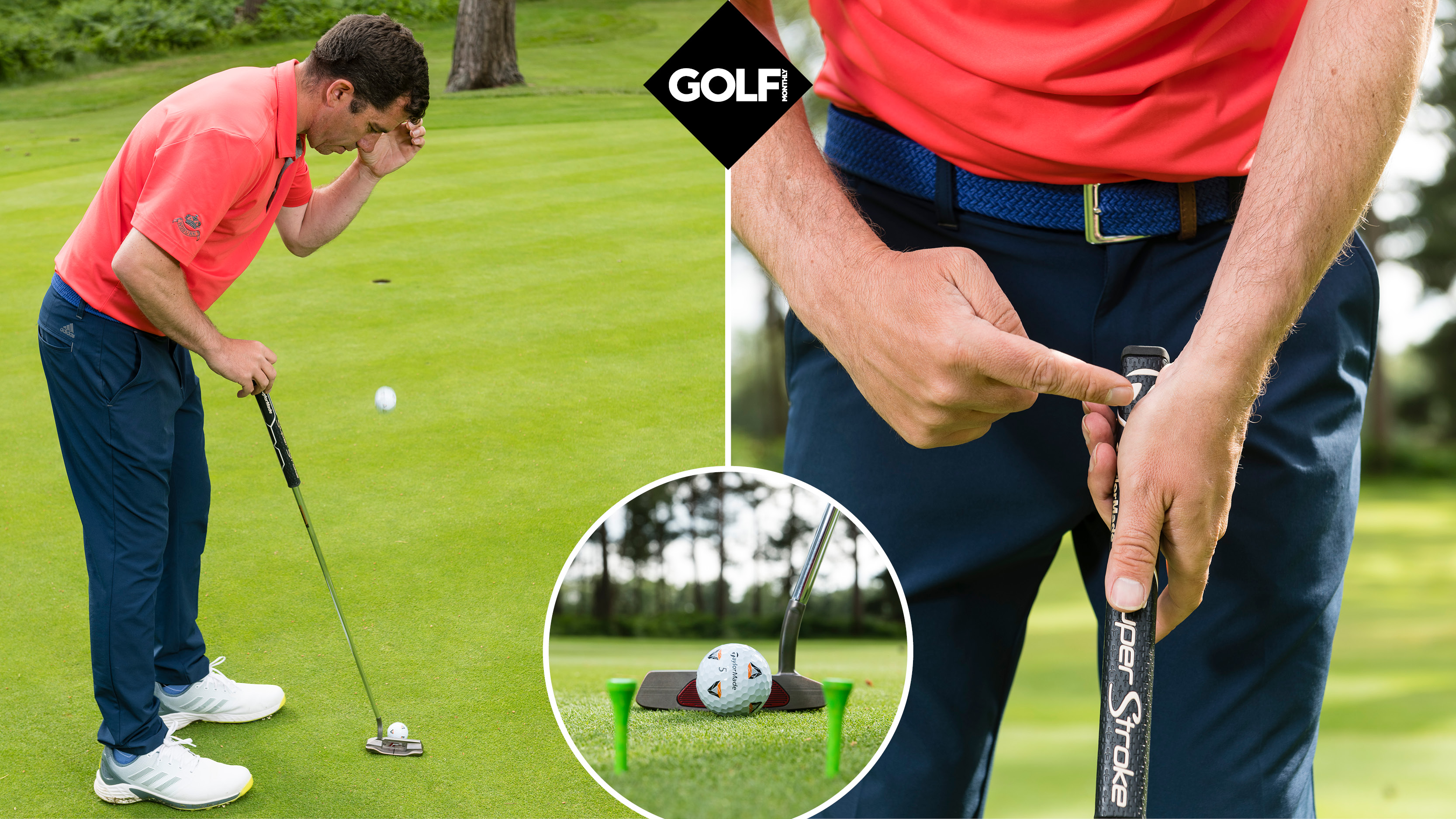
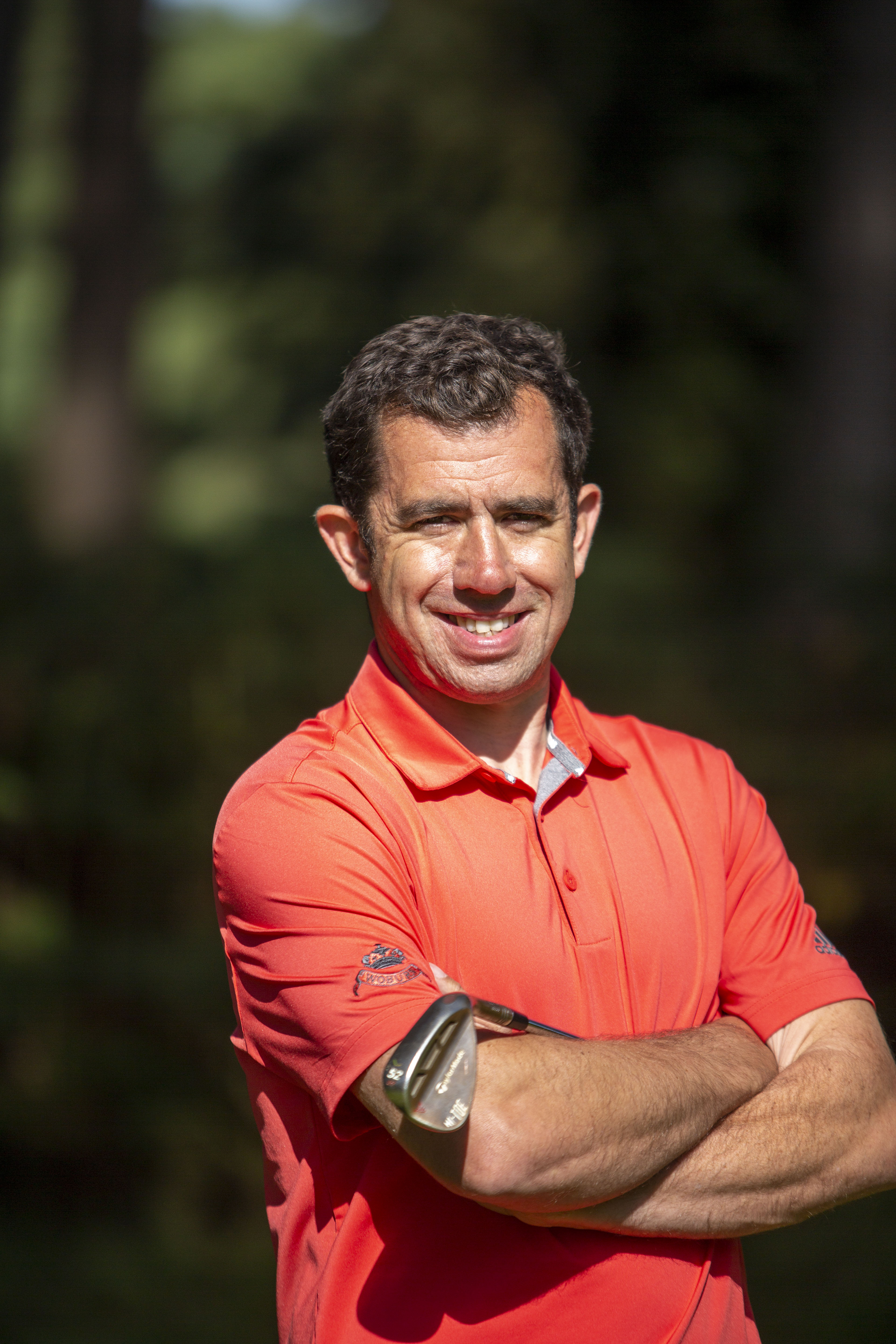
Golf Monthly created this content as part of a paid partnership with TaylorMade. The contents of this article are entirely independent and solely reflect the editorial opinion of Golf Monthly.
Putting Technique Drills
Having control over your technique is mega important if you want to play to your ability, and that applies to putting as well. In the video and article below, Golf Monthly Top 50 Coach Dan Grieve shares some fantastic putting drills that will improve your stroke.
The set-up
It’s important that your eyes are over the ball - or somewhere in the region of the boundaries of the ball - so that when you tilt your head at address to see the line, they are tracking down the line of your putt. If you are standing too far away, then you will tend to have your eyeline pointing to the right. If you’re too far over the ball, your eyes will start to track to the left.
So, try this: get into your address position and drop a ball from your eyes. If it lands on or around the ball on the ground, then you know you’re in the right position.
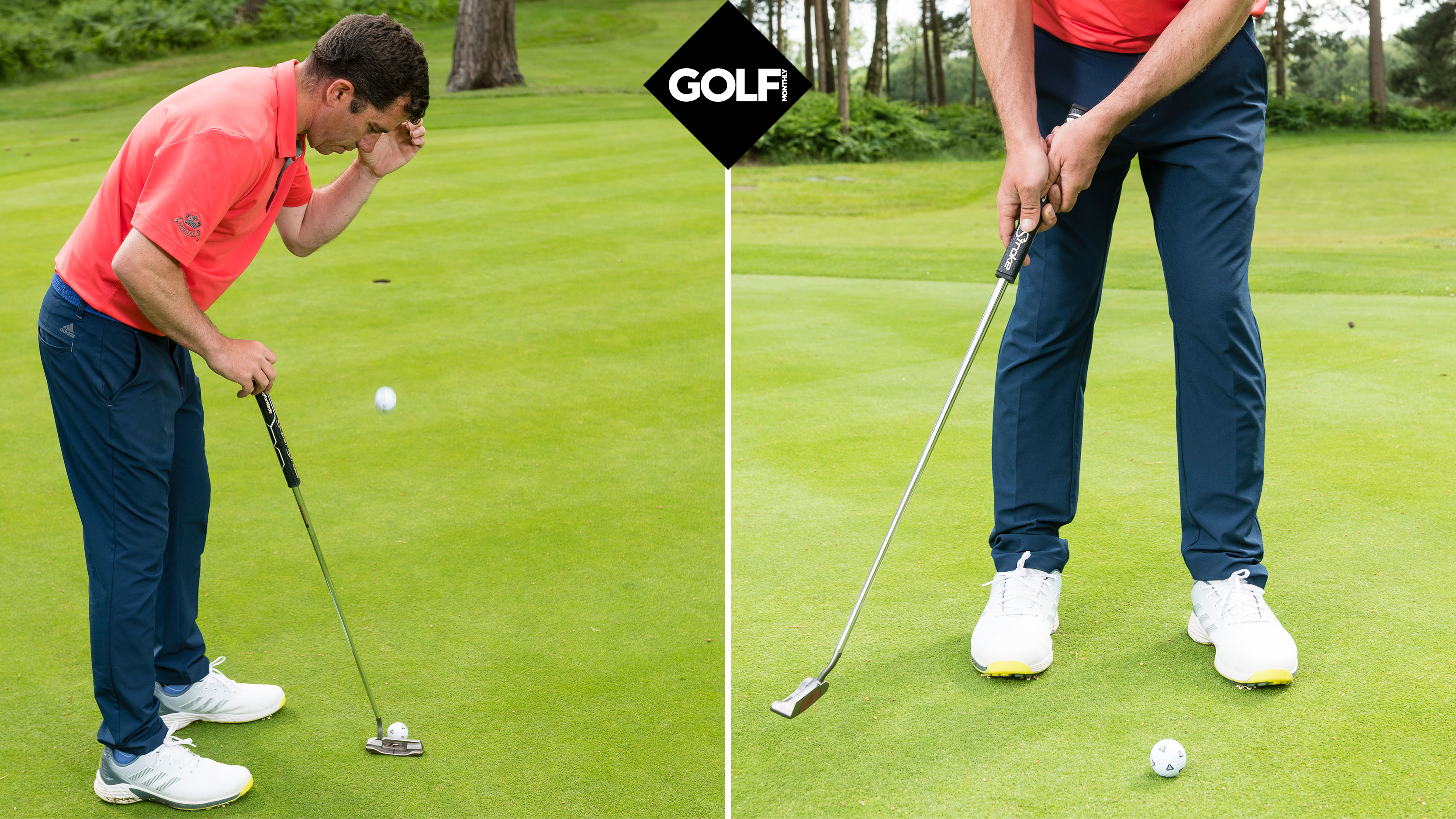
Drop a ball like above to check your set-up position; also, adopt a hip-width stance that feels solid
Another factor is making sure you have a hip-width stance - really imagine that your lower body is encased in concrete. It should be really solid because we don’t want a lot of excessive hip movement during the stroke.
Different grips
There's no right or wrong grip - it's about personal preference. However, I would not recommend adopting the same grip you use in the long game, as this is designed to create wrist hinge in the golf swing and speed through the shot whereas, with putting, it’s about locking your wrists for maximum control.
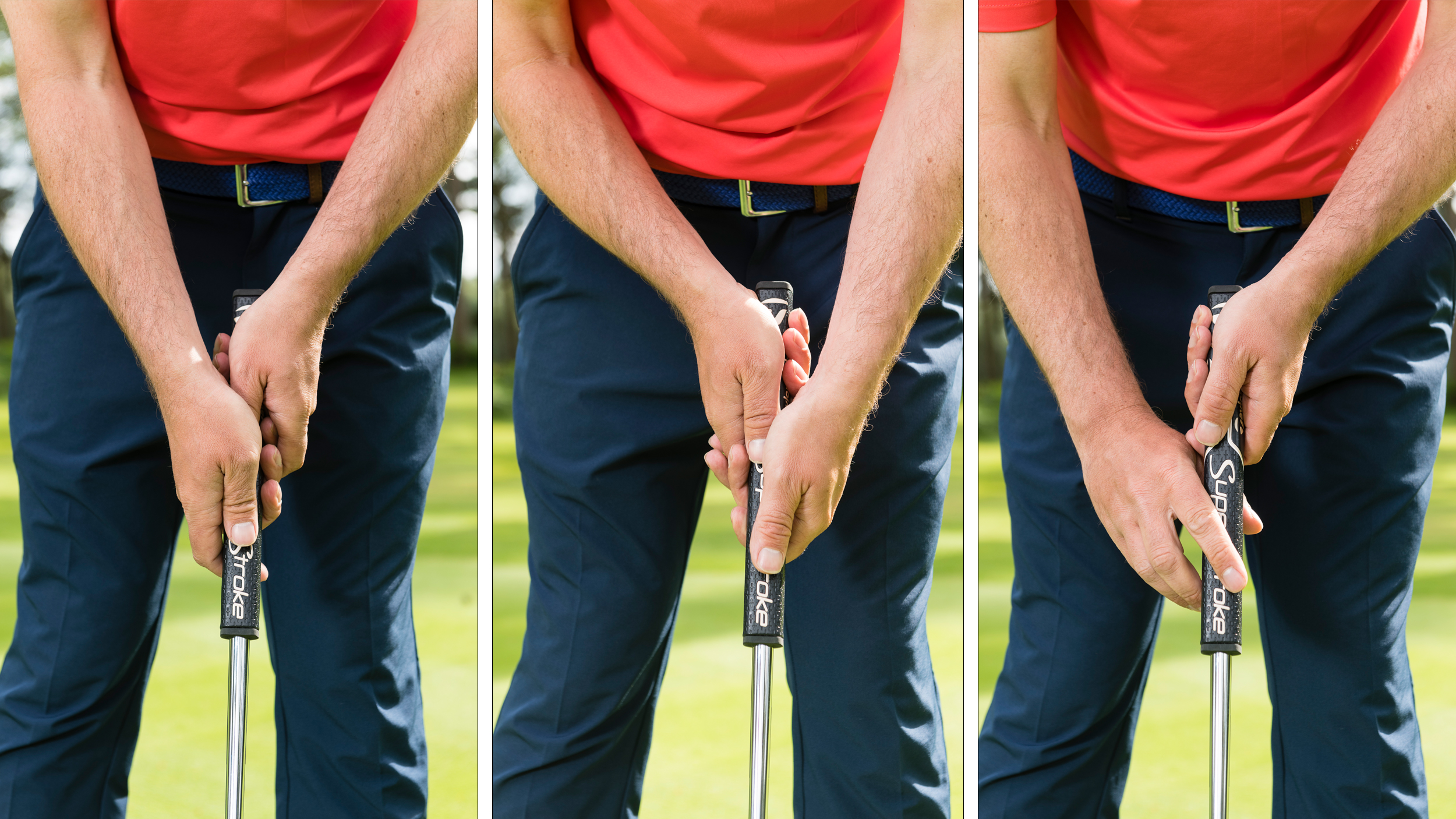
The reverse overlap (left), left hand low (middle) and claw (right) are popular putting grips
Reverse Overlap
Get the Golf Monthly Newsletter
Subscribe to the Golf Monthly newsletter to stay up to date with all the latest tour news, equipment news, reviews, head-to-heads and buyer’s guides from our team of experienced experts.
The reverse overlap putting grip is the most commonly used putting grip. The great thing about this grip is that it locks your left hand, meaning you’ll get good control of the clubface through the stroke.
Left Hand Below Right
One of the reasons why some players opt for the left hand low putting grip is that it gives a little bit of an arch in the left wrist. It can level up the shoulders and encourages a lower, stronger follow-through; it’s a grip that will help you if you are pulling your putts.
Claw Grip
In the claw grip for putting, the fingers of your right hand rest on top of the grip with your thumb underneath. Players like this because it feels like it takes a little bit of right hand out of the stroke.
Start lines
You can't control how a ball is going to roll on the green, so it's important to consider the things you can control. One of them is your start line. Get this right and you're chances of holing putts increases substantially.
Try this drill to establish whether you're able to consistently start the ball on line. Place two tee pegs a foot in front of you at address, a ball to a ball-and-a-half’s width apart, creating a gate.

This gate drill is brilliant for working on your start lines
Hit 10 putts and see how many you can get through the gate. Most golfers have a pattern. If you're consistently hitting the ball through the middle, then you're starting the ball on line.
However, if, for example, you're hitting the right peg three or four times, that should trigger an alarm. It may be something to do with your set-up or your stroke, but at least you have diagnosed it and you can go about fixing what would be a push.
Use technology
Alignment is arguably the most important factor when it comes to putting and, if there’s any advantage you can get, you should definitely consider it. The TaylorMade Pix golf ball features a ClearPath Alignment that not only helps with aim, but it shows how well you're rolling the ball end over end.
I'm using them in the video above and recommend giving them a go.

Location: Woburn GC
Dan is one of the leading coaches in the UK, a Fellow of the PGA and a short-game virtuoso. He has had considerable success with a collection of tour pros, helping them to Order of Merit titles and major victories, and his Short Game School is the most attended in the UK. His students, past and present, include Charley Hull, Georgia Hall, Inci Mehmet and Iona Stephen.
Most common problem:
Swing – over the top , help by getting the basics correct at address and making them aware how to get the club online coming down.
Short game – creating spin and feel around the greens, help by educating on what the short game actually is (weak on purpose) and understand bounce and how they can apply it to different lies/situations.
Greatest success story:
Helping Georgia Hall from World No. 450 to No. 6 and winning a Major, two Order of Merits and Solheim Cup appearances.
Greatest teacher:
Alex Hay was a great influence during my first few years at Woburn. In sport more generally Sir Clive Woodward has taught me how to deliver at the highest level.
Most common fault:
Flipped right hand (hands behind the ball). Understand a correct coil/load going back and how to sequence better coming down so the chest opens up and gives the arms space to deliver a stronger impact. Lots of body action drills to enhance the feel, with and without the ball.
-
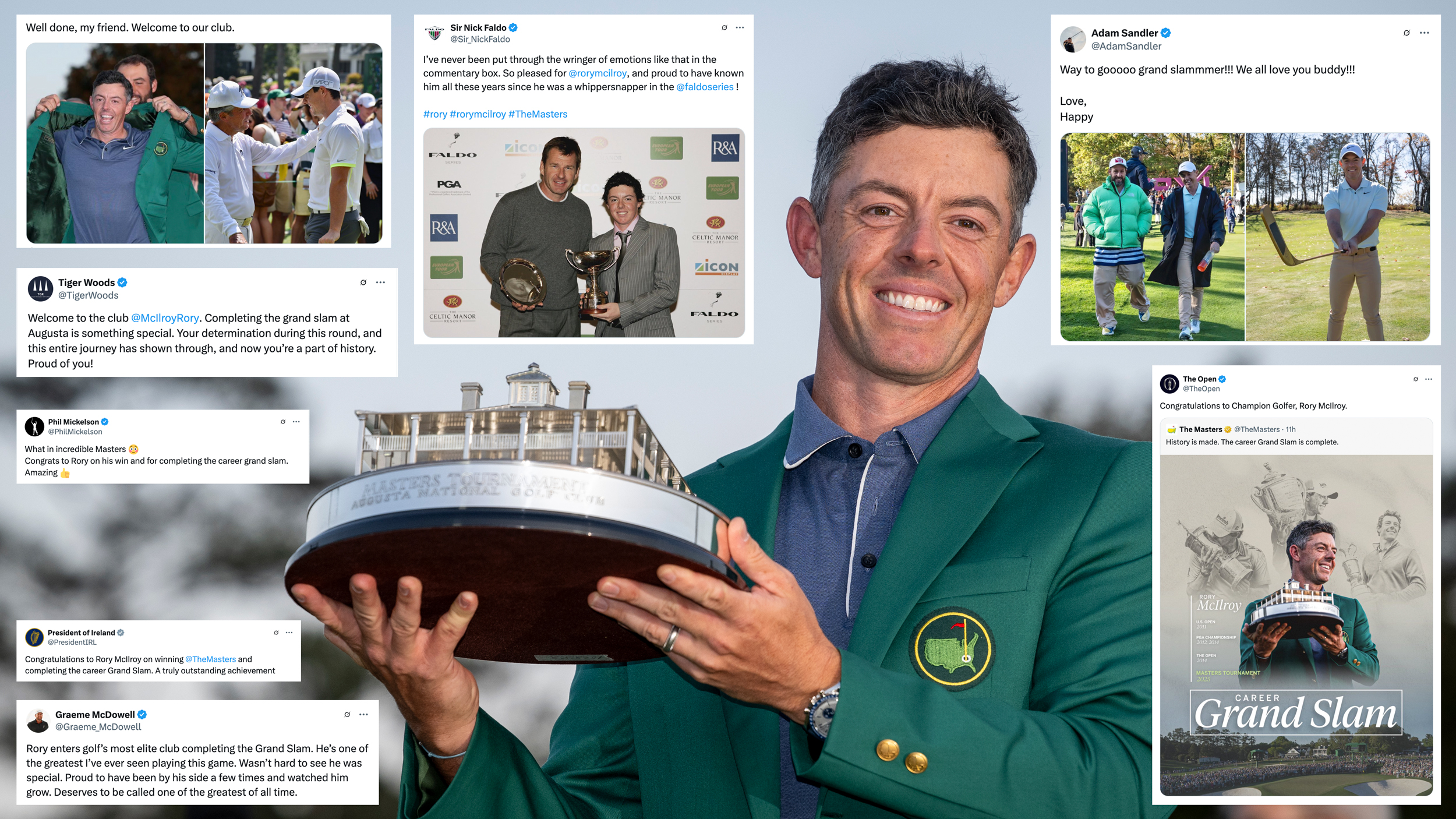 'Welcome To The Club' - Tiger Woods Leads Praise For Rory McIlroy After Masters And Grand Slam Glory
'Welcome To The Club' - Tiger Woods Leads Praise For Rory McIlroy After Masters And Grand Slam GloryA host of famous sports stars and celebrities have been quick to praise the Northern Irishman after his incredible victory at Augusta
By Michael Weston Published
-
 'He Wouldn't Talk To Me' - Bryson DeChambeau Reveals Rory McIlroy Dynamic During The Masters Final Round
'He Wouldn't Talk To Me' - Bryson DeChambeau Reveals Rory McIlroy Dynamic During The Masters Final RoundAfter a disappointing Sunday at The Masters, DeChambeau shared that McIlroy was so focused en route to victory that the pair barely exchanged words all day
By Jonny Leighfield Published